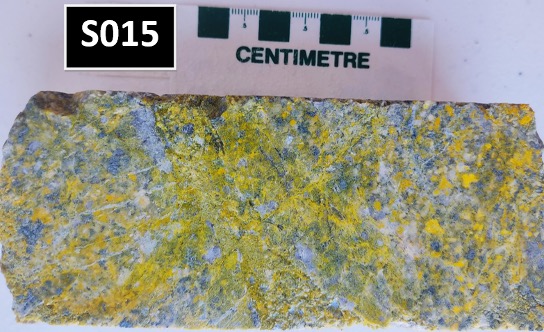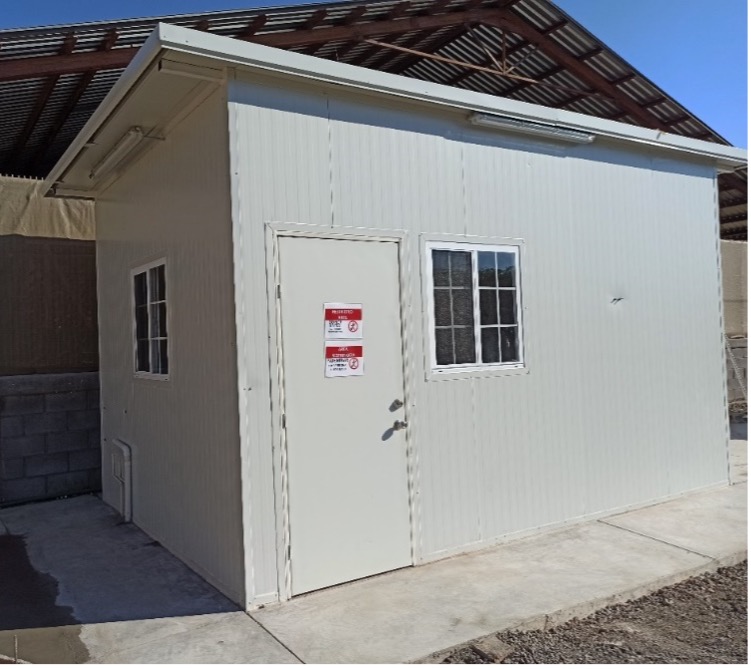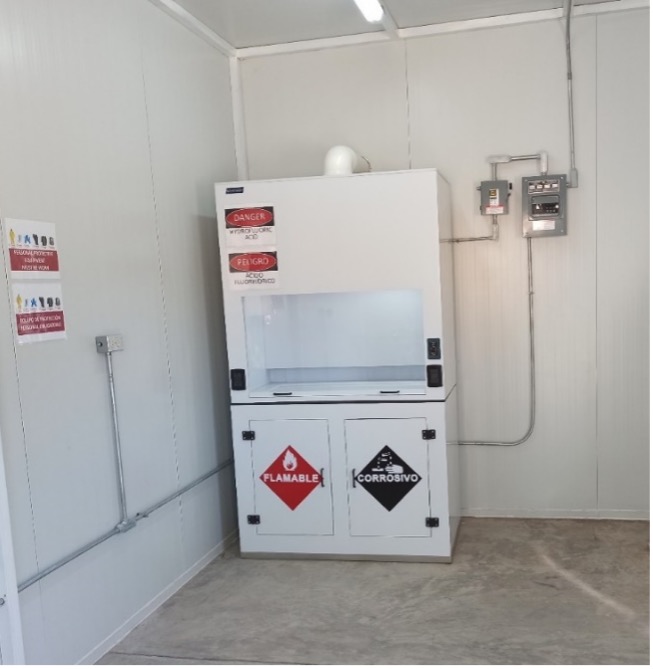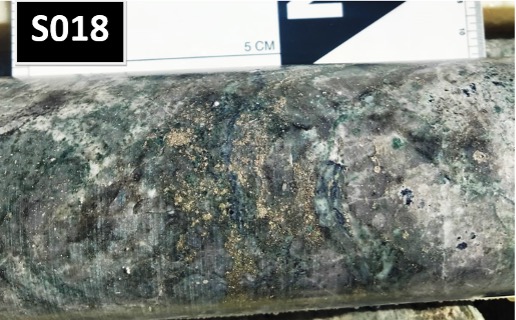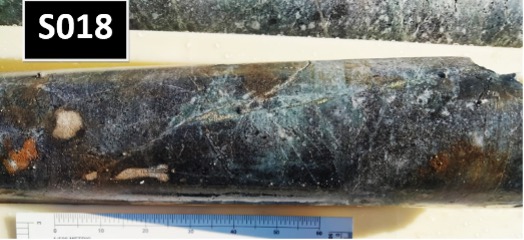These historical resource estimate models are based upon historical resource estimates prepared by John Thornton in 2011. While, in the opinion of Dane A. Bridge, author of the revised NI 43-101 standard technical report, Geology, Mineralization and Exploration of the Santo Tomas Cu-(Mo-Au-Ag) Porphyry Deposit, Sinaloa, Mexico dated April 21, 2020 (the “Report”), reliable estimation practices were used, in order to upgrade or verify the historical estimations, resampling and assay of historical drill samples, twinning of historical drill holes, and a new program of regularly spaced drilling is required. No qualified person has undertaken sufficient work to classify the current mineral resources or mineral reserves upon which these models are based and the Company is not treating the estimates as current estimates of the mineral resources. The Company gives no assurance that either these models or the historical resource estimates upon which they are based are accurate, and does not undertake any obligation to update the models or to release publicly any update or revisions of the resource estimates except as required by applicable securities law. The reader is cautioned not to rely upon these models or the historical resource estimates upon which they are based.
Please signify your understanding:


